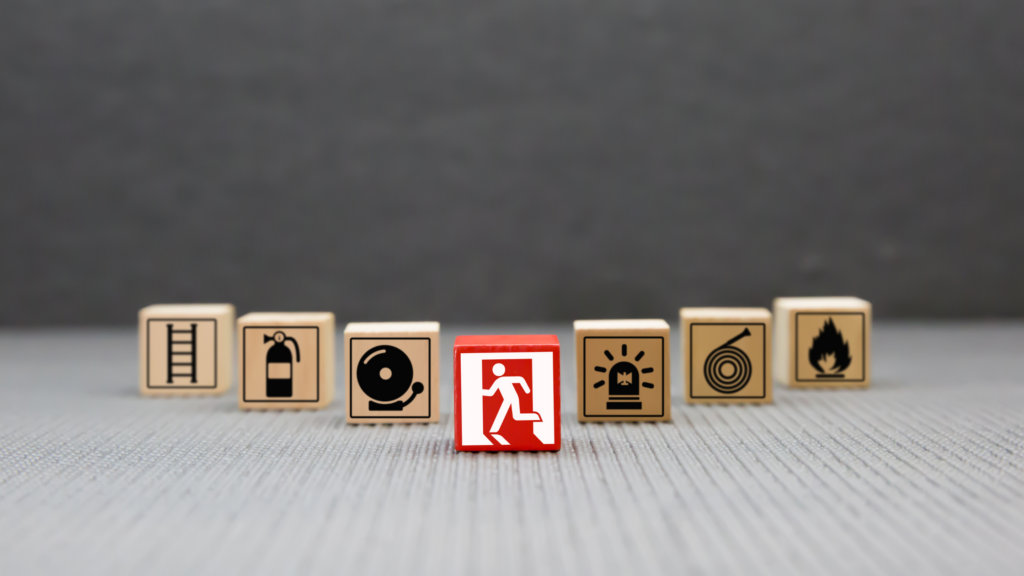
The Grenfell Tower fire has been a big wake up call to all property developers, including myself. Ever since that tragic event took place, the way we think about fire safety in property design has been impacted dramatically – and for good reason. From materials and structure to design, planning and everything else in between, there are dozens of precautions you need to be clued up on to know your fire regulations properly.
When it comes to larger developments, this is only highlighted further. Grenfell Tower’s cladding material was not up to spec as it was highly flammable. Not only that, but the air gap between the cladding and external insulation enabled the fire to spread as quickly as it did. To truly learn from this disaster, we as property developers need to keep up to date with our fire regulations. We need to ensure that our properties are as safe as possible.
Bring in the experts as early as possible!
Experienced fire engineers, as well as building & control engineers, are essential to planning the construction of your development. Learning from them and taking their advice to heart will only help out in the long run. Getting your building signed off by them to the highest possible fire and safety standards will minimise any risks, leading to peace of mind. Meet up early doors and work through how the building will be put together. It will be cost-effective as a result.
It’s all in your planning and research; the more thorough, the better.
Plan to stop a fire from spreading across the building before it even has a chance to do so. Cavity barriers, if installed incorrectly, will help facilitate any fire from one floor to another. By filling these cavities with the correct fire stopping methods, we can prevent another disaster. Compartmentalising a property into different sections will see a fire be better contained.
Working with the right materials will also determine the safety of your building. This does not just end with the cladding, as seen in Grenfell. The insulation and windows were also facilitators of the spreading fire. The materials in these components can burn quickly, with some insulation producing carbon monoxide and hydrogen cyanide. By doing our research in this area, we can choose certain materials that are built to be safer for use.
Finally, installing fire alarms, exits, and any other safety precautions is a must. But strategically doing this is what will separate the good developers from the bad. It is not about having many options but a select few designed with an emerging fire in mind. Doing tests, or drills, with a fire engineer will help identify the most relevant risks of your specific building. This should be covered in the early stages of development.
To learn more about fire safety and other topics related to property development, subscribe to my YouTube channel. I regularly update the site with short, to-the-point content designed to up your knowledge in the property development department.
Also, do not forget to check out my bespoke mentorship packages where you can learn from my vast experience in the property development industry, benefiting your property development. Book a call with me today so we can discuss your conversion project as well.